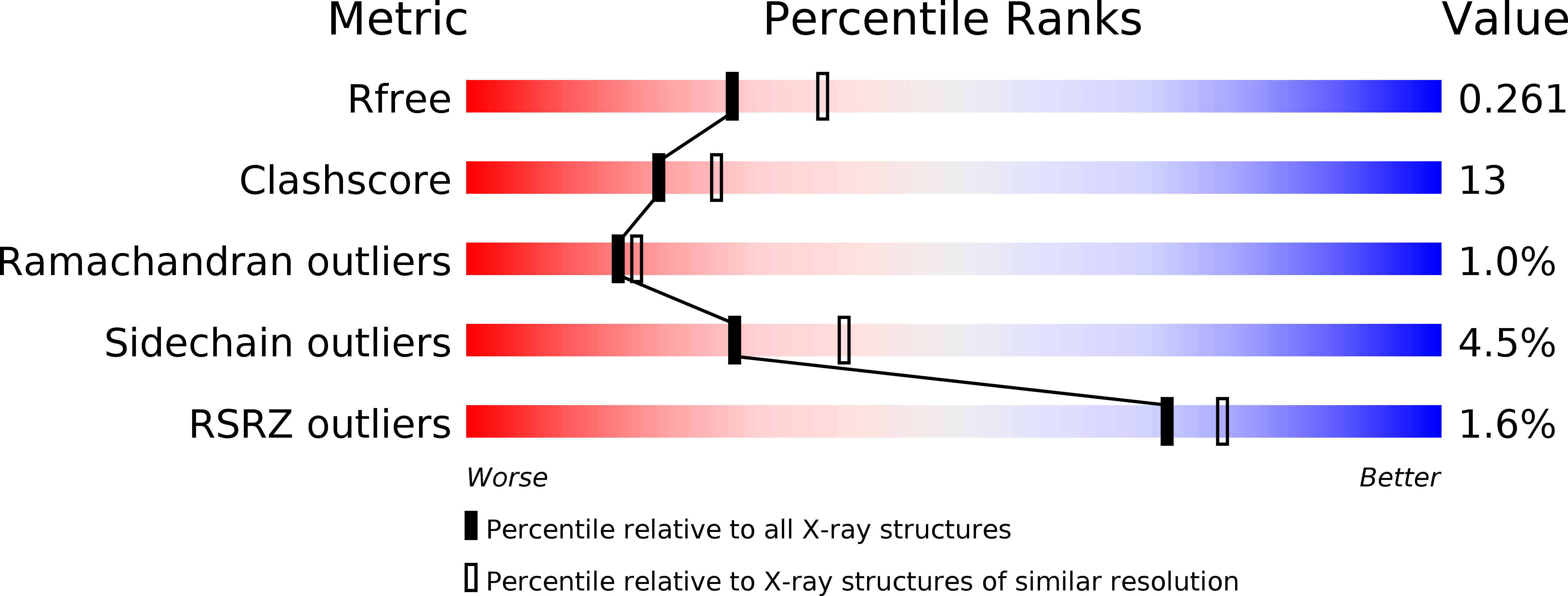
Deposition Date
2009-01-19
Release Date
2009-06-09
Last Version Date
2024-05-08
Method Details:
Experimental Method:
Resolution:
2.30 Å
R-Value Free:
0.26
R-Value Work:
0.22
R-Value Observed:
0.22
Space Group:
F 4 3 2


